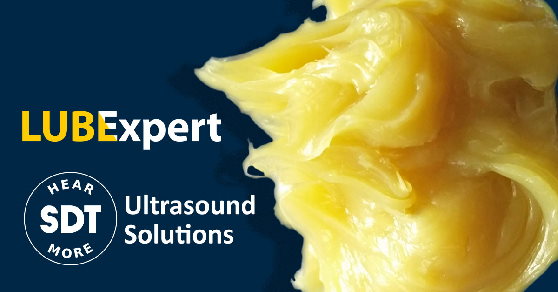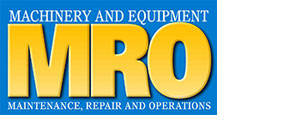
Why we Lubricate?
For one reason, to maintain separation of two or more surfaces, thus prolonging the reliability of the entire asset.
What is Grease?
A simple mixture of base oil, thickener, and additives.
The Base Oil’s job is to form the thin, hydrodynamic film that separates components from one another. Thickeners hold the grease in place. Additives help fight oxidation, corrosion, and extreme pressure conditions.
How Grease Works.
During lubrication, there are two phases for grease that lives within the war zone, where the rolling elements meet the races:
• The Churning Phase - when the thickener is present
• The Bleeding Phase - when only the base oil is present
The only way to confidently know the bearing has reached an optimal churning phase is to measure its friction levels with an ultrasound instrument accurate enough to deliver repeatable, reliable data. A lube techs job is to transition the bearing from the churning phase to the bleeding phase as quickly as possible.
The bleeding phase describes the optimum condition where the right amount of grease resides outside the war zone, and the movement of the bearing allows only the base oil, infused with additives, to sufficiently bleed from the thickener to the space between the rolling elements.
How can you know when to grease and how much grease to use?
Make lube techs your first line of defence against bearing failures. Arm them for battle with LUBExpert, a solution that applies logic, discipline, and strategy to grease replenishment. Enough bad practices please. We need a greasing strategy, but more than this, we need a greasing culture. It only takes one bad actor, often well-intentioned – to destroy an asset.
When a trained lube tech measures the effect every shot of grease has on the friction levels in a bearing, he knows when to start, when to stop, and exactly what quantity of grease is required to restore optimum friction. When a trained lube tech achieves lubrication excellence, he becomes a LUBExpert.
|


